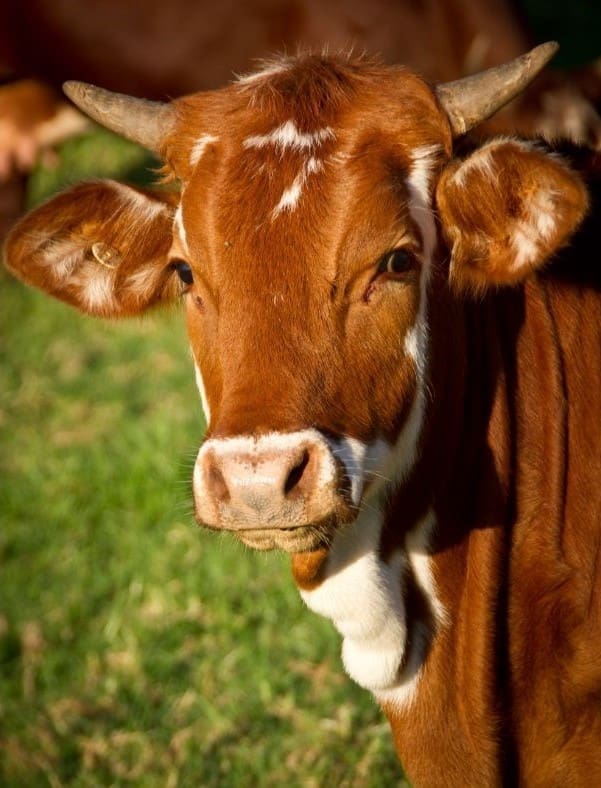By Trish Svoboda
Maintaining feed and performance records for beef cattle herds is similar to balancing a checkbook and reviewing monthly credit card statements, according to experts at Kansas State University’s Beef Cattle Institute.
A team of experts and guest Jason Warner, K-State beef extension specialist, shared insights on a recent Cattle Chat podcast about addressing the challenge of reducing costs without sacrificing cattle performance.
K-State veterinarian Bob Larson said to effectively reduce costs, beef producers must first grasp the current performance level of their herd. He highlights pregnancy percentage as a key metric for herd decision-making, suggesting a target range of 90-95% for producers in central Kansas, depending on forage availability. Beef cattle nutritionist Phillip Lancaster said that this percentage might fluctuate based on individual operation objectives, with a potential goal of 85-90% depending on feed costs.
K-State agricultural economist Dustin Pendell advised a systematic approach to reducing feed costs, encouraging producers to target one expense at a time, such as forage grazing, and evaluate factors like grazing management plans, stocking rates, and soil fertility.
In addition, K-State beef cattle extension specialist Jason Warner stressed the importance of factoring in feed shrinkage costs, which can accumulate over time due to spillage or loss during feeding.













